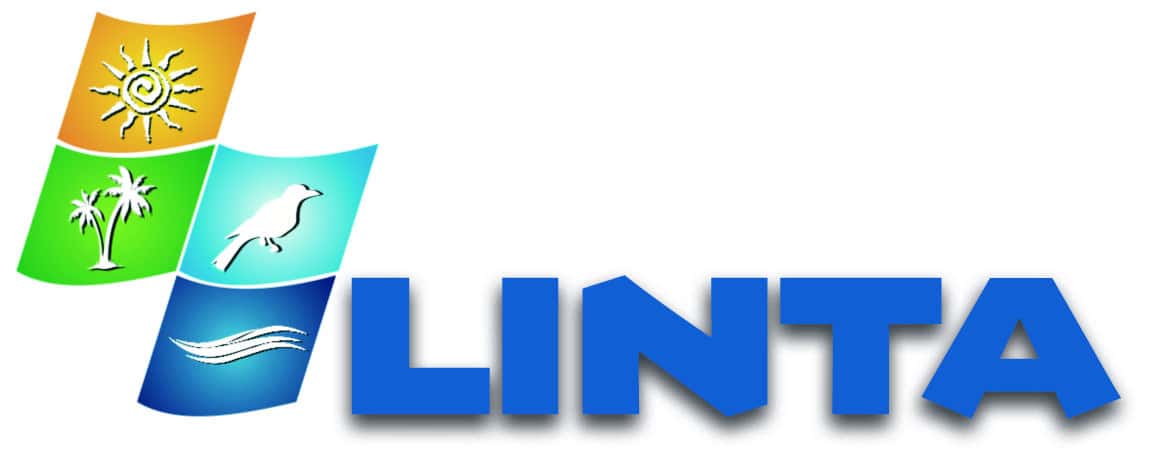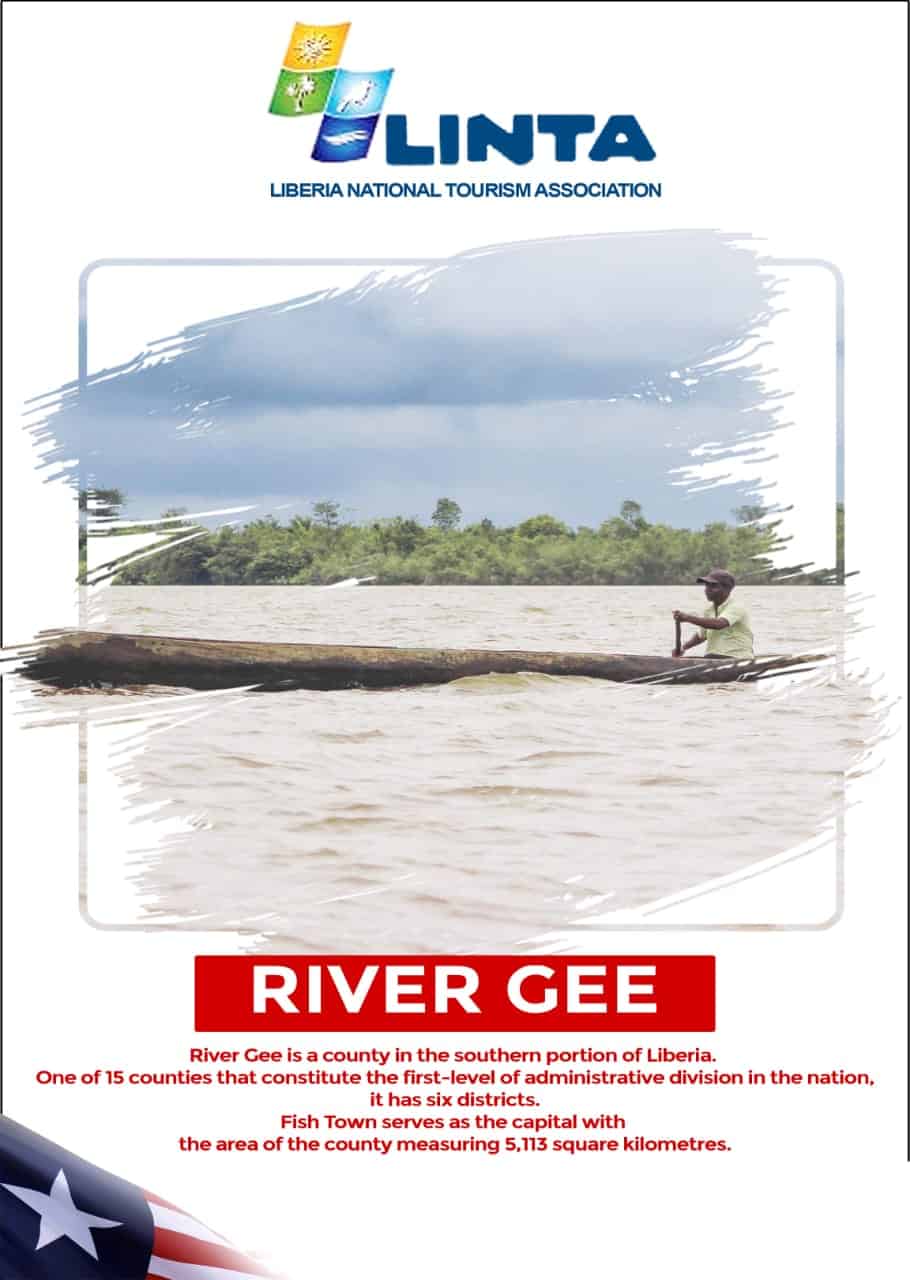
Gbarpolu County
Gbarpolu County, home to several gold and diamond mines consists mostly of forest. The Gola National Forest, situated in north-west Liberia is one of the largest remaining intact areas of seasonal dense moist evergreen and semi-deciduous forest in the whole region. The upgrade of the Gola forest from a National Forest to a National Park



